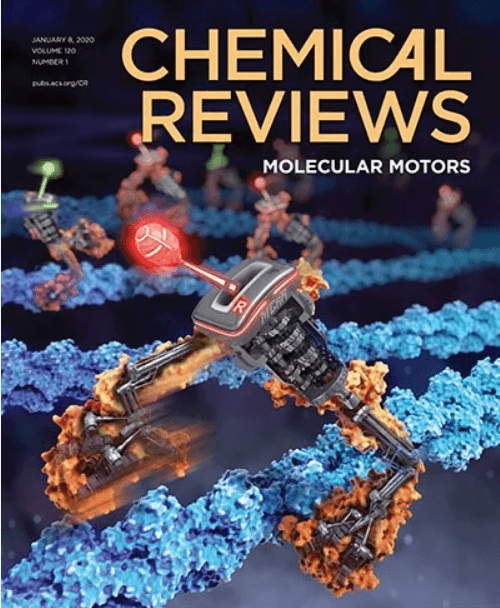Electrolyte Evolution for Flexible Energy Storage Systems: From Liquid to Solid, from Rigid to Soft, and from Organic to Aqueous.
IF 51.4
1区 化学
Q1 CHEMISTRY, MULTIDISCIPLINARY
引用次数: 0
Abstract
With the rapid development of modern electronic devices and the diversification of use scenarios, flexible energy storage systems (FESS) have gained widespread attention as an inseparable part of electronic devices. Electrolyte is considered as one of the most influential components of tremendous scientific and commercial interest in the performance of FESS. Electrolytes are undergoing tremendous structural variations from liquid to solid, rigid to flexible, and organic to aqueous to meet the evolving requirements for FESS. This review delineates the evolutionary trajectory of electrolyte development across three dimensions: transitioning from liquid to solid, from rigid to flexible, and from organic to aqueous formulations. Furthermore, it elucidates potential mechanisms influencing the electrochemical stability and interfacial properties of electrolytes, along with their impact on battery performance. Subsequently, various strategies are outlined to address these challenges and advance the development of FESS electrolytes. Lastly, the functionality and structural design, computation methods, compatibility (integration) of the FESS are evaluated, followed by a comprehensive summary and outlook. We believe this article will aid researchers in comprehending the underlying causes of these challenges and in designing cutting-edge flexible solid-state electrolytes for assembling FESS that exhibit compatibility and superior performance.柔性储能系统的电解质演变:从液体到固体,从刚性到软,从有机到水性。
随着现代电子设备的快速发展和使用场景的多样化,柔性储能系统作为电子设备不可分割的一部分受到了广泛的关注。电解质被认为是影响FESS性能的最具影响力的成分之一,具有巨大的科学和商业价值。电解质正经历着巨大的结构变化,从液体到固体,从刚性到柔性,从有机到水性,以满足FESS不断发展的要求。这篇综述从三个方面描述了电解质发展的进化轨迹:从液体到固体,从刚性到柔性,从有机到水性配方的转变。此外,它还阐明了影响电解质电化学稳定性和界面性质的潜在机制,以及它们对电池性能的影响。随后,概述了各种策略来解决这些挑战并推进FESS电解质的发展。最后,对FESS的功能和结构设计、计算方法、兼容性(集成)进行了评价,并进行了全面的总结和展望。我们相信这篇文章将有助于研究人员理解这些挑战的潜在原因,并设计出用于组装FESS的尖端柔性固态电解质,这些电解质具有兼容性和卓越的性能。
本文章由计算机程序翻译,如有差异,请以英文原文为准。
求助全文
约1分钟内获得全文
求助全文
来源期刊

Chemical Reviews
化学-化学综合
CiteScore
106.00
自引率
1.10%
发文量
278
审稿时长
4.3 months
期刊介绍:
Chemical Reviews is a highly regarded and highest-ranked journal covering the general topic of chemistry. Its mission is to provide comprehensive, authoritative, critical, and readable reviews of important recent research in organic, inorganic, physical, analytical, theoretical, and biological chemistry.
Since 1985, Chemical Reviews has also published periodic thematic issues that focus on a single theme or direction of emerging research.
 求助内容:
求助内容: 应助结果提醒方式:
应助结果提醒方式:


